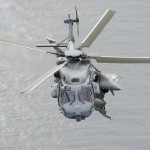
Credits: Marine Nationale
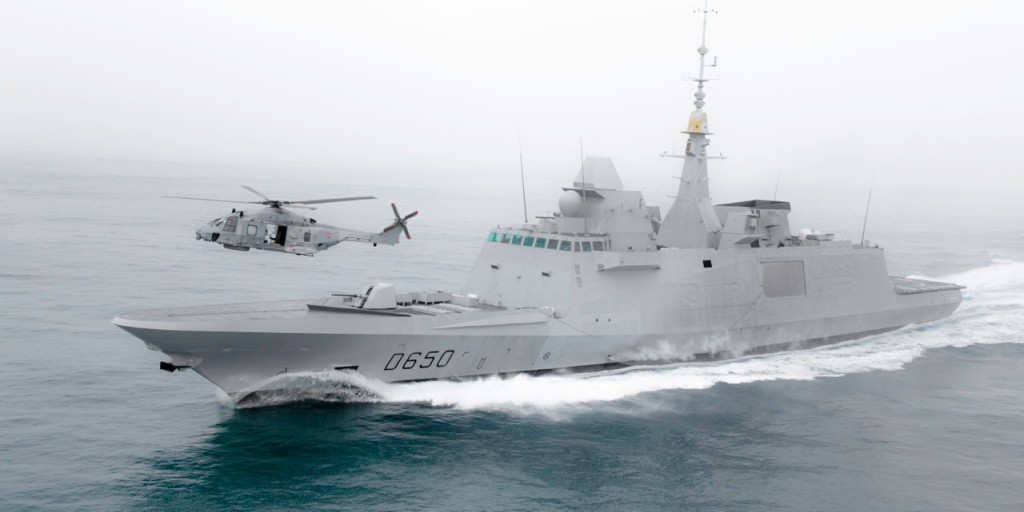
NH90 NFH flying with the new FREMM frigate
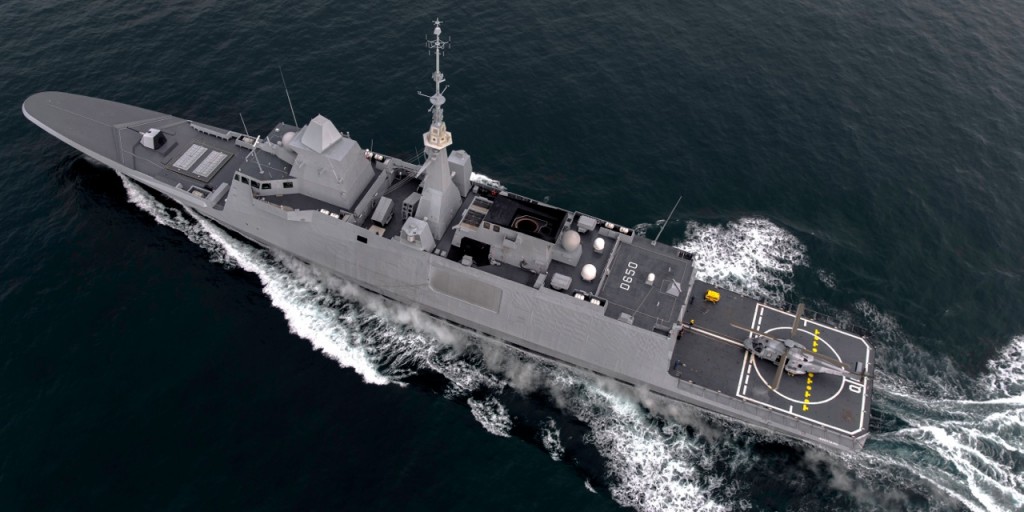
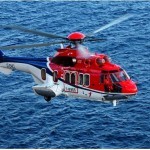
EC725 is the last evolution of Eurocopter Cougar family (AS532), the military version of Super Puma (AS332). The helicopter was made famous by the French forces in Afghanistan.
EC225 is a civilian aircraft, mainly used in the oil and gas industry and serving also for utility transport.
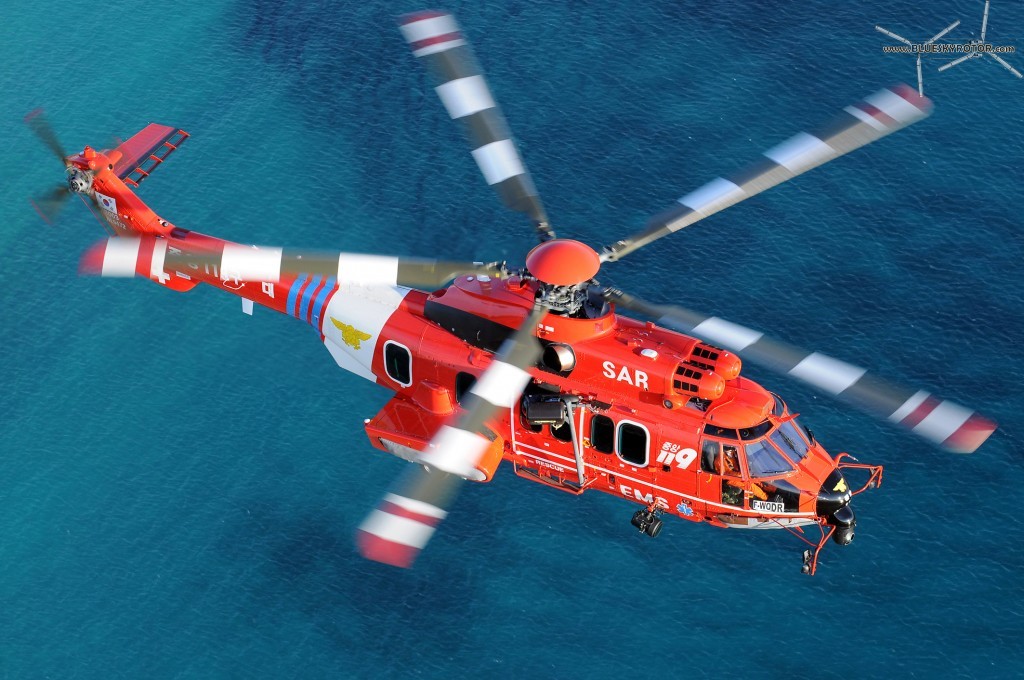
EC225 (source: EADS on Flickr.com)
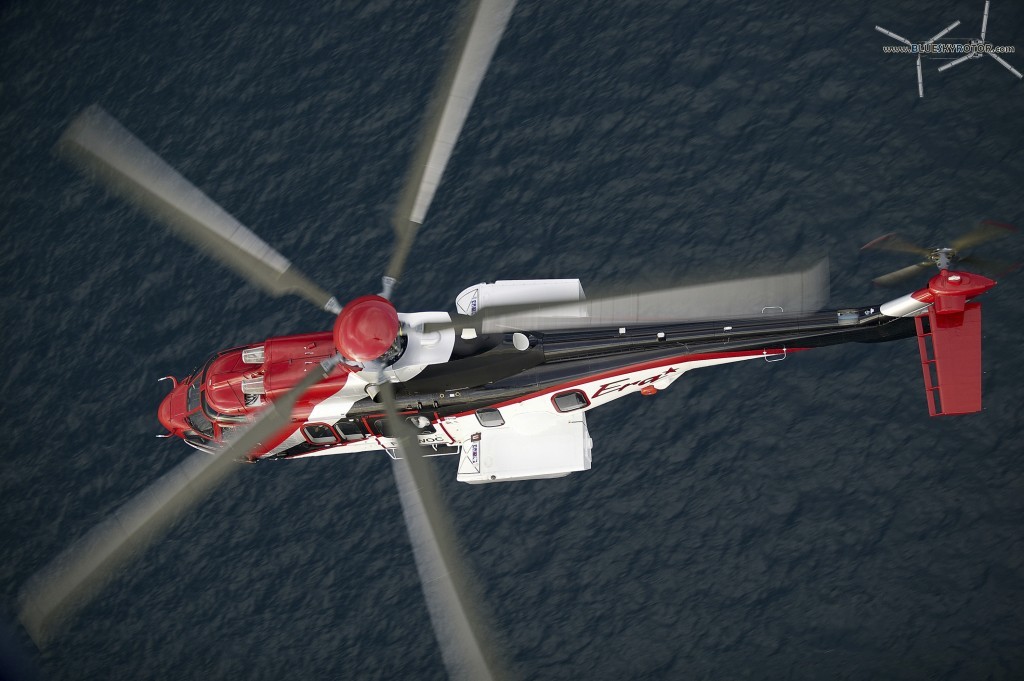
EC225 ERA (USA) (source: EADS on Flickr.com)
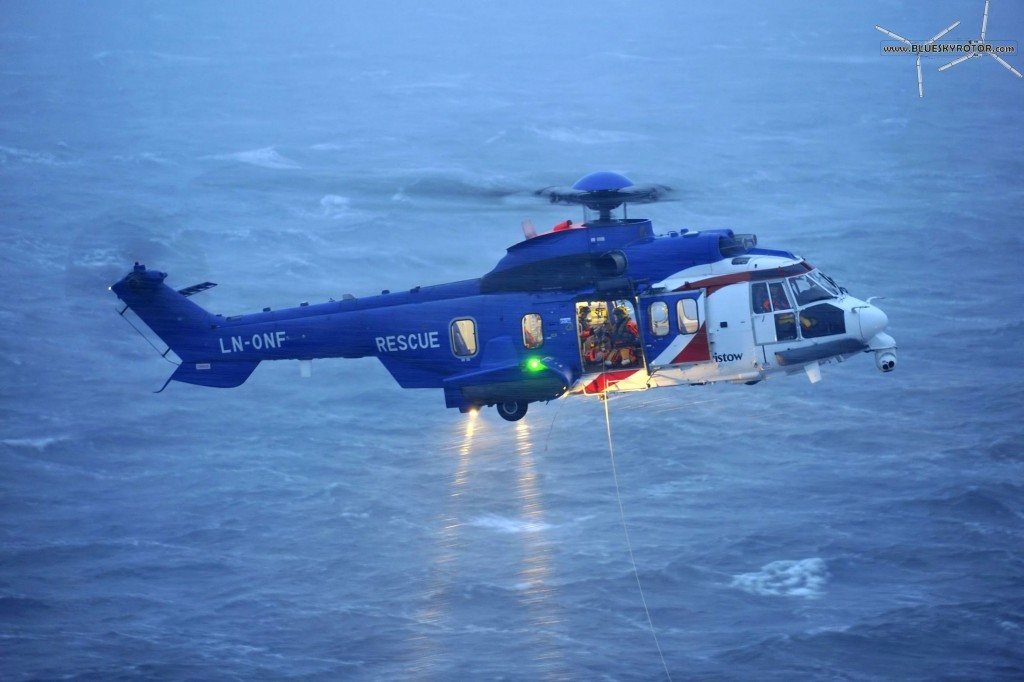
EC225 ERA (USA) (source: EADS on Flickr.com)
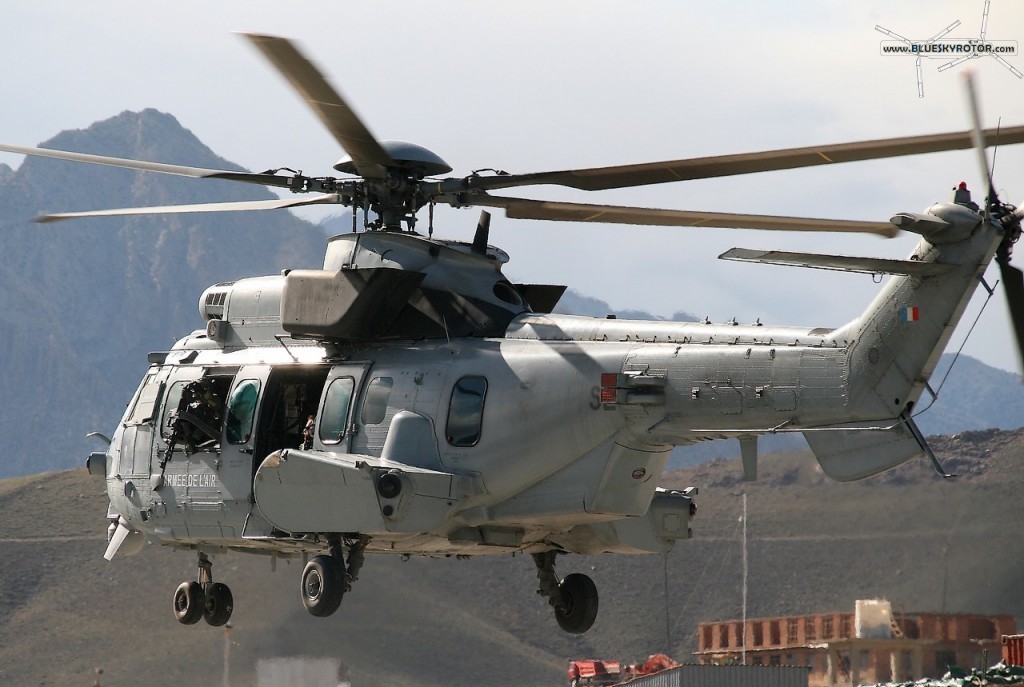
EC725 Caracal flying for the French forces in Afghanistan (source)
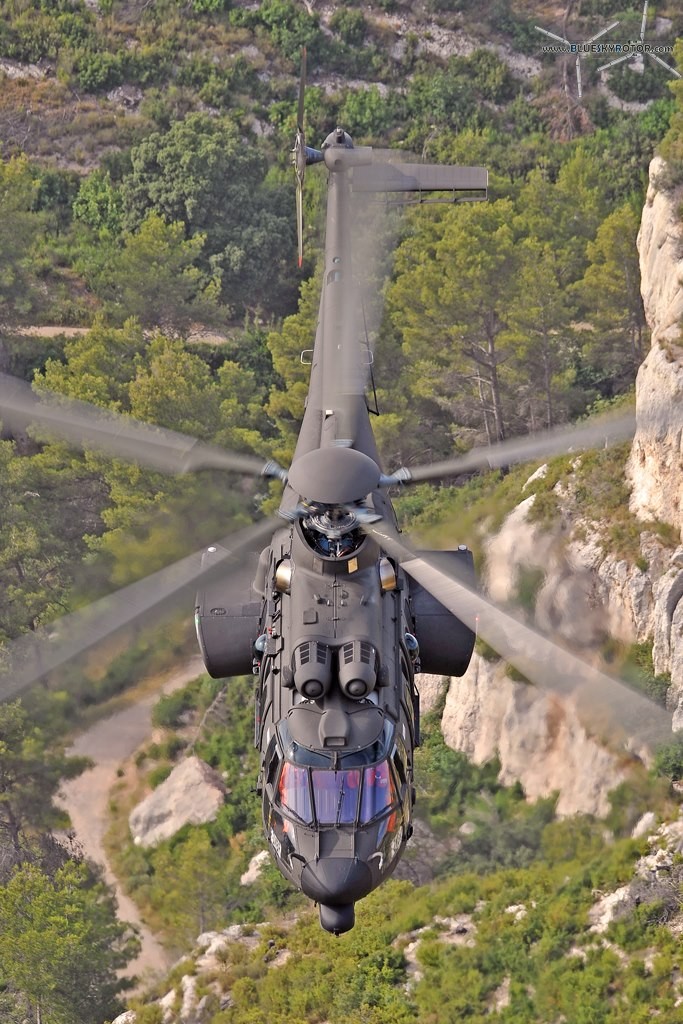
Brazilian EC225 (source: Anthony Pecchi, Helibras)
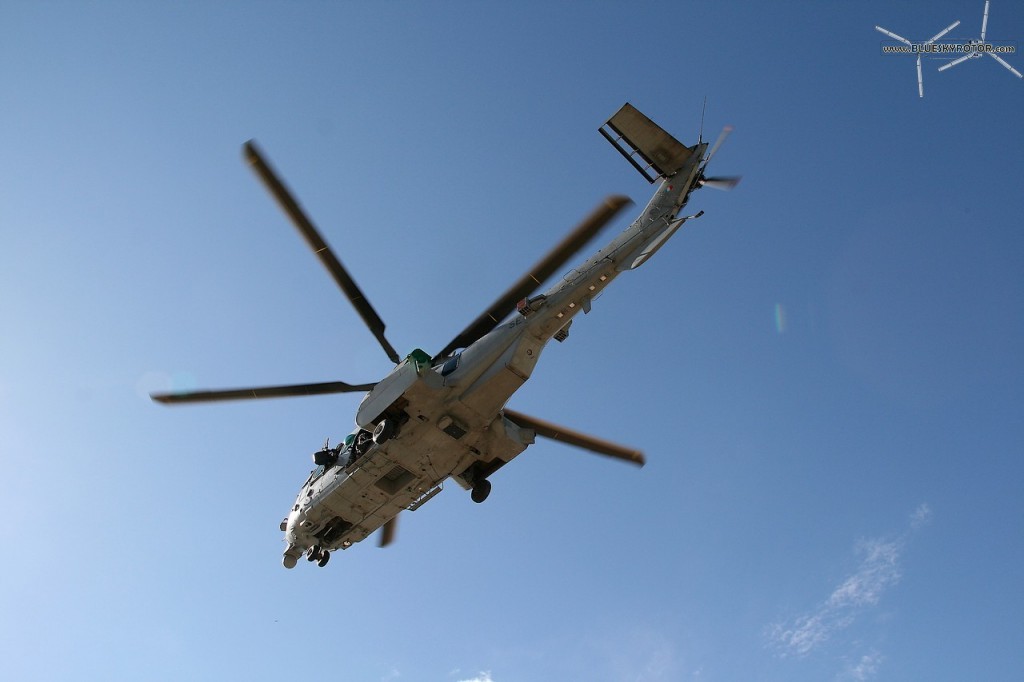
EC725 Caracal flying for the French forces in Afghanistan (source)
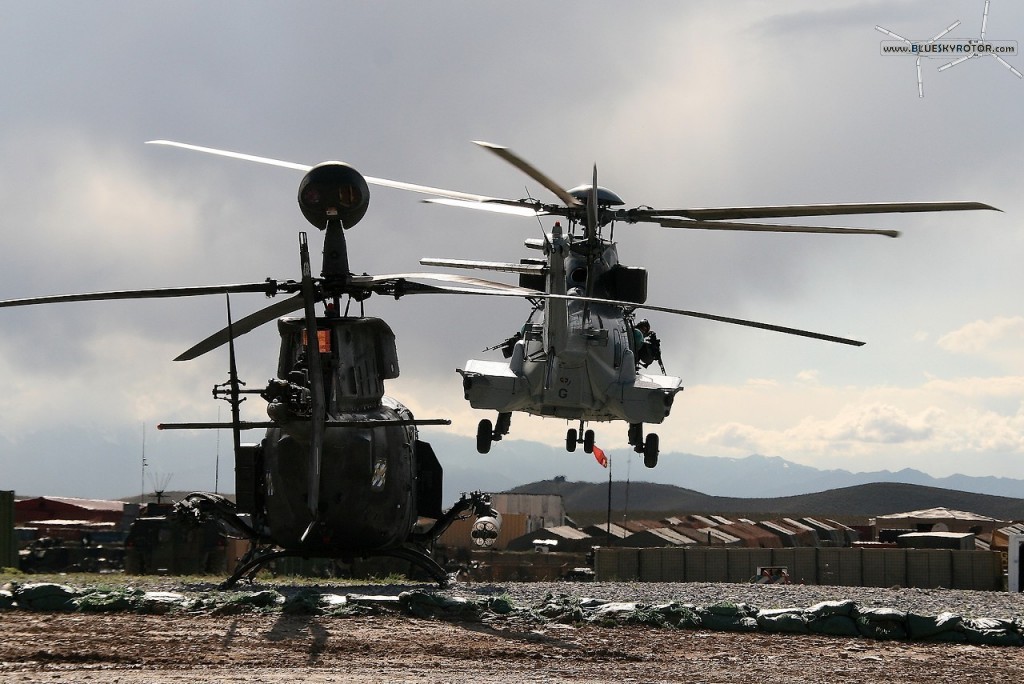
EC725 Caracal and OH-58D Kiowa (source)
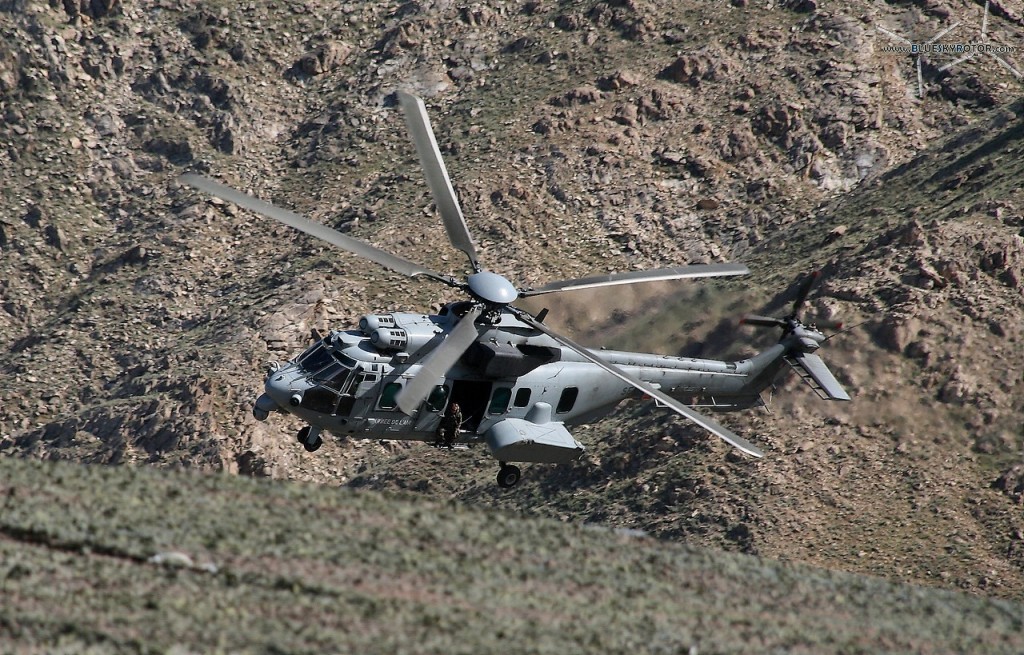
EC725 Caracal flying for the French forces in Afghanistan (source)
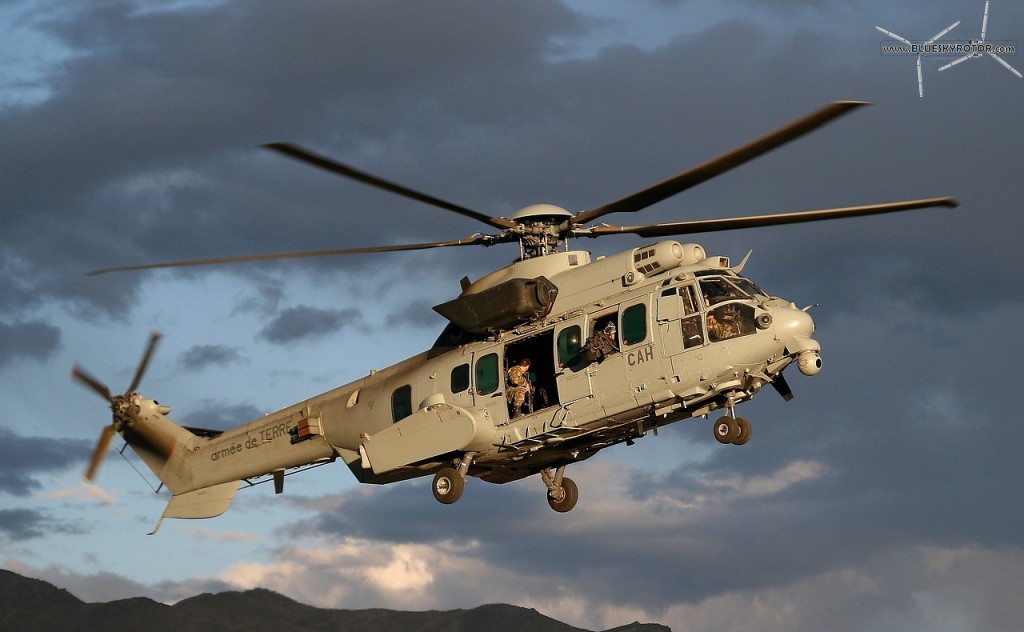
EC725 Caracal flying for the French forces in Afghanistan (source)
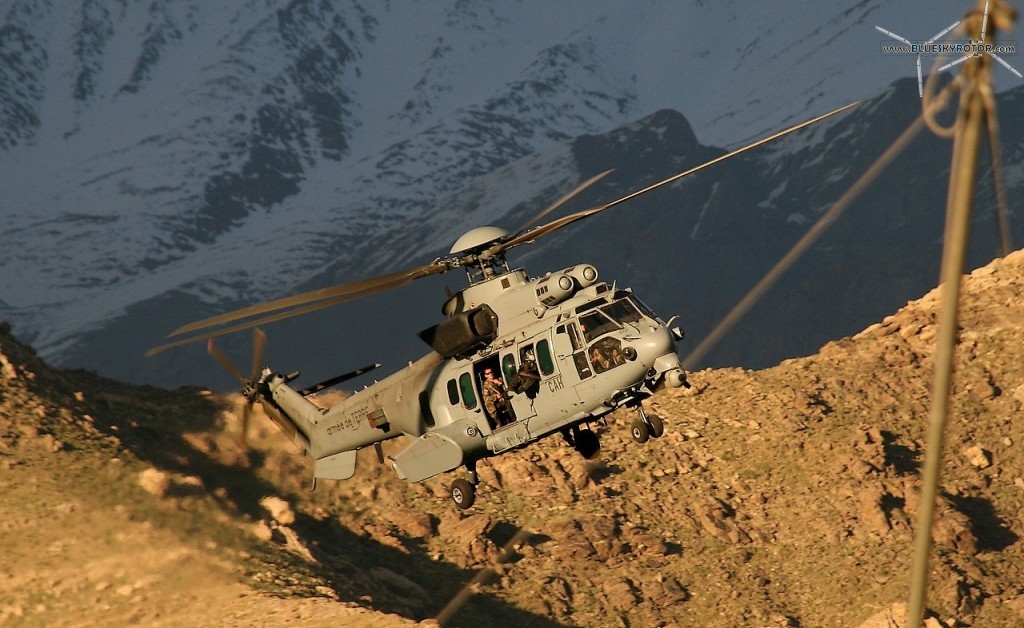
EC725 Caracal flying for the French forces in Afghanistan (source)
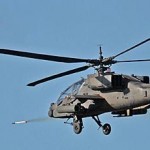
In this second part of the presentation of attack helicopters, we will display the different equipment available for each aircraft. The best helicopter will be disclosed in the conclusion! Continue reading »

Attack helicopters are strong, powerful, sophisticated, fast and lethal. Because they are a major asset for the commanders on the field of battle, they are equipped with the most advanced technologies and generally define the new state of the art during the time of their development.
Considering the models without the derivatives and evolutions, 13 different aircraft are actual attack helicopters. There are domestic and international programs.
These aircraft are often the symbol of diplomatic relationships, today as well as during the Cold War.
Airframe and armaments are generally domestic productions, but engines and equipment often come from the international market, regulated by diplomatic and political decisions (e.g. ITAR).
They are generally the fastest helicopter in a manufacturer’s range of products.
The first attack helicopters were imagined in the mid 1960s in both Soviet Russia and America. Bell launched the Model 209, which first flew in 1965 and then produced the Cobra. AH-1G was fielded for the first time in Vietnam.
USSR’s Mil design offices imagined the Mi-24 Hind as a battle tank, capable of carrying troops as well as combatting. It was followed by Mi-25, Mi-35 and many variants.
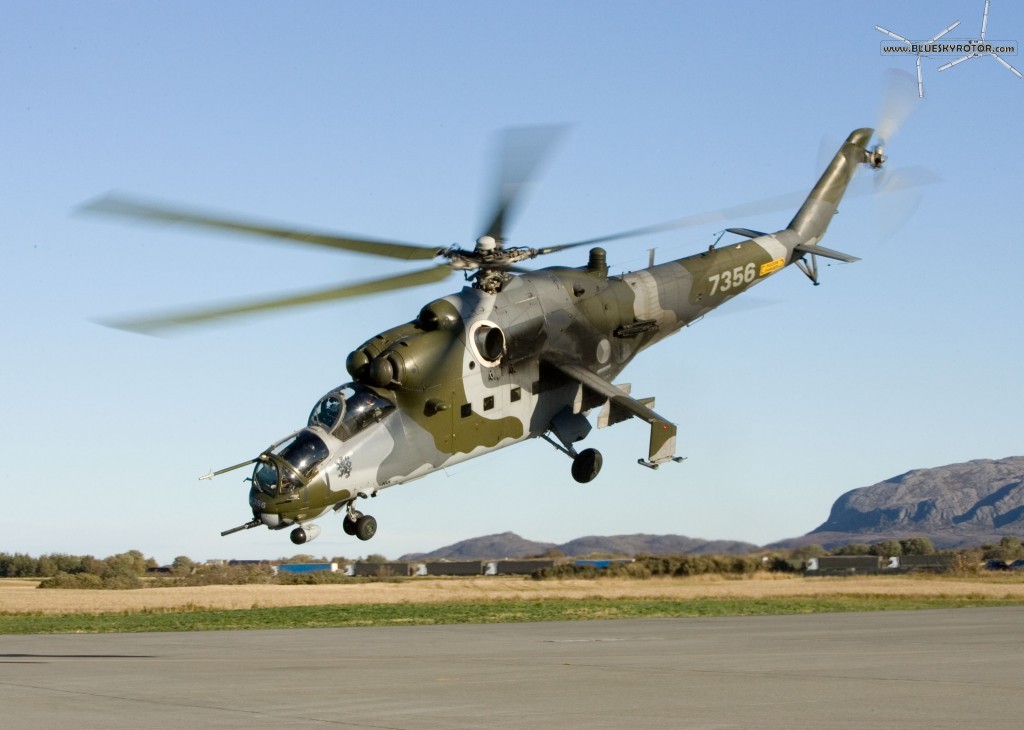
MI-24 (source)
One decade later, new attack helicopter programs were launched. They were developed from the scratch, unlike the Cobra and Hind: Cobra has an airframe based on UH-1 Huey and Hind is also a troop transport helicopter.
Kamov Ka-50 “Chernaya Akula” (Black Shark) was launched in 1977 and made its maiden flight in 1982. Boeing AH-64 Apache (Hughes Model 77) flew in 1975 and the program started with official support during 1976.
Another decade later, USA started RAH-66 Comanche programme, which was eventually cancelled due to budgets cuts. This aircraft should have been the best attack helicopter ever made, providing high performance and stealth technologies. This aircraft has never really entered active duty, but it defined the state of the art. Some say that its technologies were used to develop the stealth Black Hawk.
Russia started Mil Mi-28 “Night Hunter” (NATO reporting name “Havoc”) in 1980 and flew it in 1984. This project was competing against Ka-50. Years later, the Russian government decided to slow down Mi-28 and to push Ka-50. After unsuccessful results of Ka-50, Mi-28 was pushed forward again.
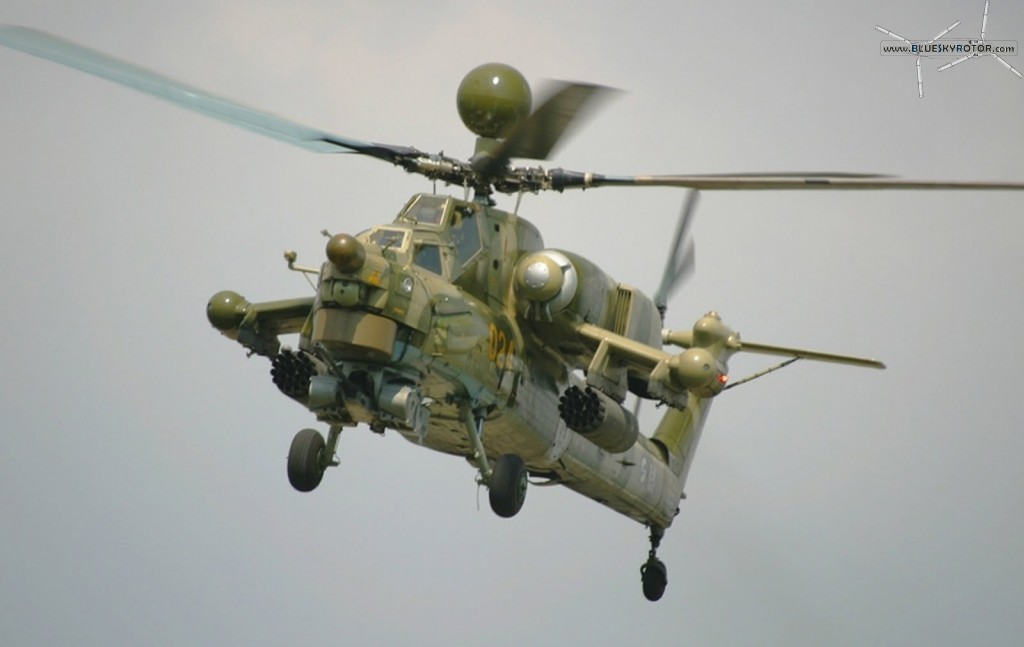
Mi-28 (source)
Tiger is a multi-domestic programme launched in 1984 by both France and Germany (later with Spain). MBB and Aerospatiale later merged to become Eurocopter. The helicopter war first designed to slow down Soviet tanks in case of an invasion during the Cold War. The first flight happened in 1991.
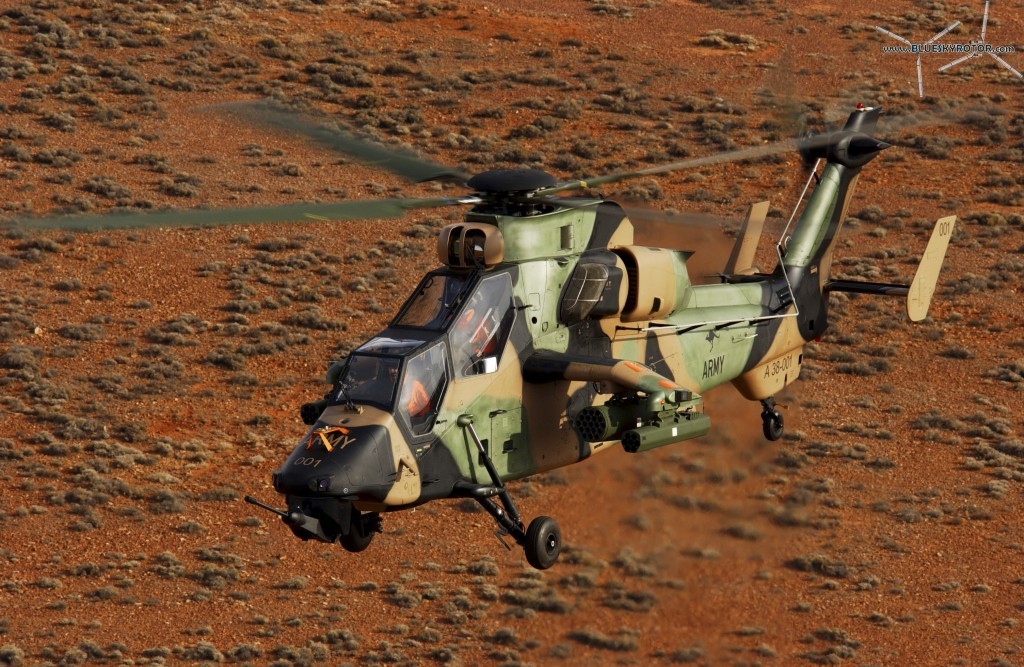
Tiger (source)
Italy also wanted its own attack helicopter, which resulted in the Agusta (later Agusta Westland) A129 Mangusta, flying for the first time in 1988. Turkey decided to integrate this aircraft to its armed forces too. Negotiations started in 2007 and the company TAI took the responsibility to adapt and modernize several systems.
After the lack of success of the Kamov Ka-50, the Ka-52 was launched with a wider consideration of the battefield, including missile systems and performing data links. Ka-50 and Ka-52 would operate together, for instance with a Ka-52 designating the target with a Laser beam and a Ka-50 launching the missile.
China decided to produce its domestic attack helicopters, which resulted in two parallel programmes : WZ-10 and WZ-19. WZ-19 is based on the airframe and mechanical parts of Eurocopter Dauphin, produced under licence in China (named Z-9).
The WZ-10 aircraft is a much more discreet programme: only few pictures and data have been released yet.
South African company Denel started the AH-2 Rooivalk in 1993 and flew it in 1997. Mechanical parts were originally based on Eurocopter Puma, produced under licence as Oryx.
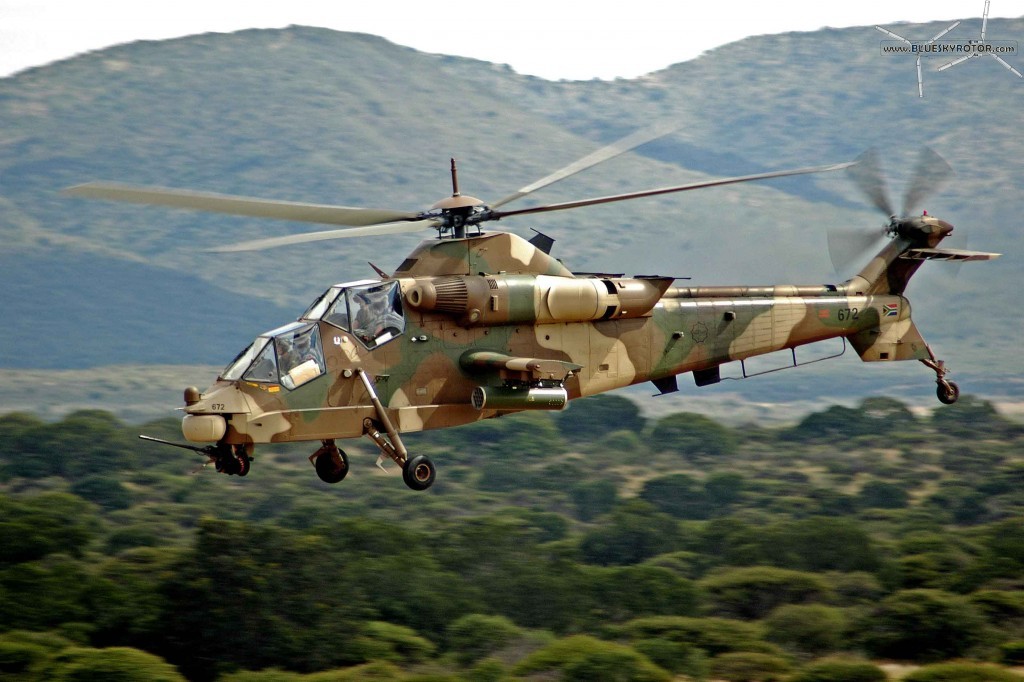
Rooivalk (source)
The youngest attack helicoper LCH (light Combat Helicopter) is developed by HAL in India. The programme started in 2001 and the aircraft made its maiden flight in 2010. The programme encountered several difficulties to meet the target MTOW of 5,500 kg.
Kawasaki OH-1 Ninja
The Ninja is not a real attack helicopter because its principal armament is primarily dedicated to aerial suppression. It is a Japanese domestic development.
Heaviest: Mi-24, Mi-28 => 12 t
Lightest: Ninja OH-1 => 4 t
Max range (without auxiliary fuel tanks): Cobra, Tiger => 750-800 km
Max endurance (without auxiliary fuel tanks): Rooivalk => 04 hours
Max power/mass ratio: Comanche => 0,4
Min power/mass ratio: Ka-52 => 0,2
The map below displays the countries with a national (and in cooperation) attack helicopter programme.
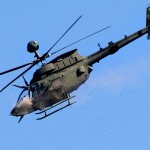
The US Army launched a competition to choose its future armed scout helicopter replacing the ageing OH-58D Kiowa.
This post describes the armament and mission systems proposed for each helicopter. The common characteristics are ballistic weapons (cannons, guns, rockets), guided rockets and anti-tank missiles.
Apparently, not all prototypes are equipped with missile/radar threat detection systems (chaff and flares), but aircraft eventually fielded may have it anyway.
All are equipped with emergency jettison systems.
Two aircraft are not presented here: OH-58D Kiowa and Sikorsky S-97 Raider. The first possibility is a simple no-go from the Army, choosing not to chosse and going only with a retrofit of the current Kiowa fleet. The second aircraft does not exist, except on paper. Therefore everything is still possible and not clearly defined.
For info: 2,75” = 70 mm; 0,5” = 12,7 mm; 0,3” = 7,62 mm
MD Helicopters: MD540F (link)
4 weapon stations:
- 70 mm rockets
- laser guided rockets (undefined)
- Hellfire missiles (Laser-guided)
- 12,7 mm machine gun
other equipment:
- Wescam MX-10 EO/IR nose turret with Elbit HDTS (Helmet Display and Tracking System)
- no missile or radar threat sensor highlighted yet
- no door mounted machine gun
Boeing AH-6i (link)
2 or 4 weapon stations:
- 7 x 70 mm rockets launcher (M260)
- M-134 minigun (7,62 mm Gatling)
- GAU-19 minigun (12,7 mm Gatling)
- Hellfire missiles (Laser-guided)
- laser guided rockets (probably Lockheed Martin DAGR, providing compatibility with Hellfire)
other equipment:
Agusta Westland AW139M (link)
2 weapon stations:
- 12,7 mm machine gun
- 70 mm rockets pods
- Air-to-Surface Missile (Hellfire?)
other equipment:
- Electro-Optic / Infra Red (EO/IR) device (looks like a SAFIRE on this picture [source])
- Missile Approach Warning System (MAWS) and Counter Measures Dispensing System (CMDS)
- Modular armour, armoured crew seats and armoured floor (link, click “Equipment”)
- door or window machine guns: 5,56 mm, 7,62 mm or 12,7 mm
Eurocopter AAS-72X and AAS-72X+ (link)
2 weapon stations:
- 12,7 mm machine gun pod (HMP400)
- 7 x 70 mm rockets launcher (M260)
- Hellfire missiles (Laser-guided)
- DAGR Laser-guided rockets from Lockheed-Martin
other equipment
- nose mounted camera, FLIR and designation (looks like Raytheon on this picture [source])
- no door mounted machine gun displayed yet
- ballistic protection and self-sealing fuel tanks
- missile warning equipment and chaff/flare countermeasures dispensers
Bell OH-58F and Bell OH-58F Block II Kiowa (link)
2 weapon stations
- M3P 12,7 mm machine gun
- 7 x 70 mm rockets launcher (M260)
- Hellfire missiles (Laser-guided)
other equipment
- Nose mounted camera Raytheon AN/AAS-53 (unlike legacy OH-58D with a mast mounted sight system)
- Integrated Common Missile Warning System (CMWS)
- No door mounted machine gun
- Unmanned capability? (Level II MUM-O baseline with a growth path to Level IV control)
Conclusion
All aircraft fulfil the basic requirements. The current Kiowa flies with rockets, 0.5 caliber machine guns and Hellfire missiles. This is the minimum required for the future armed scout. Nevertheless, the guided rockets capability will be welcome.
The question of a bigger caliber weapon may be raised and the answer must consider the definition of an armed scout. This helicopter will need only short range weapons for its self defense within 1 km. 30mm cannon is obviously too powerful for a thin and small aircraft. 20mm caliber have already been seen on UH-1 and EC635, but the weight and the recoil forces make it difficult to install; furthermore, the range capability of the 20mm does not imply a sufficient accuracy ensuring the safety of nearby friendly ground troops. Firing from a distance will be made preferably by attack helicopters providing better cannon accuracy.
Considering the entire mission package, you obviously need missile threat detector and ballistic protection is a big advantage.
Agusta Westland AW139M has still to demonstrate the full weapon system, particularly in the definition of the missile performance which has apparently not been tested yet. On the contrary, the equipment package is very complete and provides mission capability as well as sufficient protection to the crew.
Boeing AH-6i did not show everything. Unmanned capability will be available as well as powerful sensor systems. The choice of 2 or 4 weapon stations is a great advantage, but the performance must still be demonstrated in hot and high conditions.
Eurocopter AAS-72X has promising specifications. Laser guided rockets will be welcome. They have not been announced yet, but since Lockheed-Martin received the responsibility of the mission system development, it would be surprising not to see them on this helicopter. A big strength of this aircraft is a configuration combining a complete weapon package and ballistic protections. If American Eurocopter and Lockheed Martin demonstrate the capability, there is no doubt that pilots will be highly interested in an aircraft that keeps their buttocks in a safe seat.
MD540F is a new aircraft but the equipment looks to be unfortunately limited to the minimal requirements, such as the standard weapons and a FLIR/video camera. This configuration would not correspond to a significant improvement of the current Kiowa.
Last but not least is the Kiowa Block II. The new weapon package provides improved sensors, but only the same weapons as the current Kiowa. It is still not clear if the helicopter will be proposed with Lockheed Martin DAGR, even if the capability has been proven 2 years ago. It would be also interesting to determinate whether Kiowa Block II can be equipped with armour plates in hot and high conditions.
Considering all these arguments, the top aircraft is AAS-72X. All performances are promising, even in hot and high conditions. AW139M is performing as well, but it may be too big to correspond to a realistic armed scout.
Boeing AH-6i could be too light. Nevertheless, the future drone version should be highly interesting.
Kiowa OH-58F Block II would be the second best choice. Beside the performance and the weapon package, the experience of the Bell Helicopter company will work in its favor.
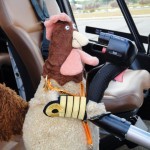
Do you know Rocky?
Rocky is a rooster and has been flying to many places on Earth. Cocks don’t fly?! Yes they do; or at least Rocky does. Continue reading »

US Coast Guards published an awesome video today. The cameras are installed in the helicopter.
PORTSMOUTH, Va. — The Coast Guard rescued 14 people from life rafts in the Atlantic Ocean approximately 90 miles southeast of Hatteras N.C., Monday, and two remain missing.
The 14 people were flown to Coast Guard Air Station Elizabeth City, N.C., where they were met by awaiting emergency medical services personnel at approximately 10:15 a.m. with no life threatening injuries.
Crews aboard a C-130 Hercules and an MH-60 Jayhawk are searching for the two missing crew members. Crews aboard the Coast Guard Cutter Elm and the Coast Guard Cutter Gallatin are en route to assist with the search.
The vessel is reportedly sunk, but the mast is still visible.
Coast Guard Sector North Carolina initially received a call from the owner of the 180-foot, three mast tall ship, HMS Bounty, saying she had lost communication with the vessel’s crew late Sunday evening.
The Coast Guard 5th District command center in Portsmouth subsequently received a signal from the emergency position indicating radio beacon registered to the Bounty, confirming the distress and position.
An aircrew from Coast Guard Air Station Elizabeth City launched aboard an HC-130 Hercules aircraft, which later arrived on scene and established communications with the Bounty’s crew.
Watchstanders dispatched crews aboard two MH-60 Jayhawk helicopters crew from Coast Guard Air Station Elizabeth City.
The first Jayhawk crew arrived on scene at approximately 6:30 a.m. and hoisted five people into the aircraft, and a second helicopter arrived and rescued nine people.
The 16 people donned cold water survival suits and life jackets before launching in two 25-man lifeboats with canopies.
The vessel was reportedly taking on water and without propulsion. On scene weather was reported to be 40 mph winds and 18-foot seas.
The sunk ship was famous as it was a replica of the HMS Bounty. The 180 ft long (55 m) and three-masted ship was built for the 1962 film Mutiny on the Bounty and was also featured in a Pirates of the Caribbean movie (source).
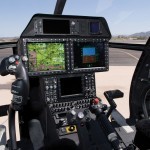
Cockpits of the modern helicopters proposed in the frame of the Armed Scout competition are all mainly composed of screen displays. The era of traditional airspeed indicators, compass or artificial horizon is almost over.
Boeing AH-6i
Equipped with the probably most impressive interface in this competition, Boeing provides a cockpit highly similar to the oncoming Block III of AH-64D Apache.
Boeing says “These displays can be used to present to either crew member the electro-optic/infrared sensor video, engine data, moving map display, armament and identification friend or foe transponder control”
Nothing less than a small Apache! This argument is hard to beat… Nevertheless, we can hope for an improvement of the helmet mounted sight. Ed Macy’s book “Apache” describes the monocle on the pilot’s left eye as causing “terrible headaches as the left and right eye competed for dominance.” He needed “two years to learn how to ‘see’ properly”.
This is clearly not an optimised interface.
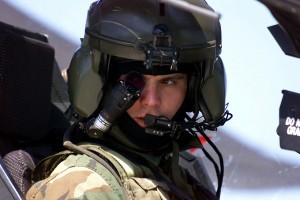
US Army Captain P. Lain Hancock, Commander of C Company, 1st Battalion, 227th Aviation Regiment, 1st Cavalry Division, Texas, looks down from the cockpit of his AH-64D Apache Longbow Helicopter. CPT Hancock is pictured during a refueling and reloading stop at the Dalton/Henson Range Complex at Fort Hood, Texas, during an annual aerial gunnery exercise. (Duplicate image, see also DASD0306784 or search 990915A4980V030)
The displays provide all information necessary to the pilots in flight and on a mission; a complementary helmet mounted sight with flight (and combat?) data may simply be the cherry on the cake.
Eurocopter AAS-72X
Unfortunately, no cockpit picture of the military aircraft has been released yet. We can have a look at the EC-145 instead:
With a sufficient number of screens to display every information needed for a mission flight, the panel looks interesting.
The AAS-72X features a Helionix glass cockpit, accommodating two crew members. The cockpit is equipped with liquid crystal displays, avionics suite and a four-axis autopilot system. The modern avionics include vehicle and engine management display (VEMD). (source)
Helionix is the most modern state of the art of the Eurocopter cockpit. It is fair to expect the best.
However, helmet equipment does not look ready to show off for now. The mount lets expect installation of at least night vision goggles. Standard NVG? Well, it might only be due to current demonstration limitations. In fact, the brand new EC635 is equipped with a Helmet Mounted-Sight Display (HMSD). (source)
It seems very realistic to expect state of the art pilot and gunner helmets with flight and combat symbology. (here the Tiger)
MD540F
Garmin G500 and Elbit Helmet HDTS should be the core of the pilot’s interface. Dealing with equipments off the shelf, MD is ensured to get an aircraft flying well enough, but probably not providing the state of the art of military Human-Machine Interfaces.
Agusta Westland AW139M
No interesting cockpit photo of AW139M were released until today. We can compare the civil (above) and military (below) versions, but unfortunately, no hint is given concerning the mission systems.
It feels like flying a big passenger airplane. In fact, it’s not wrong, the aircraft is first dedicated to passenger transport. Weapons are optional; this helicopter does not look like being optimized for reconnaissance and scouting missions.
Bell OH-58 F (Block II)
Two models and one cockpit are displayed on http://www.scoutsout.com. The only difference will actually be in the engine performance, much greater for the Block II.
So what do we have? A “digital cockpit”!
All information are available to the copilot, even if the helicopter can be flown by a single pilot. Wide displays, safety analog dials, everything’s here but not much more. Furthermore if we believe the picture below, no high-end helmet is available for the pilots.
Conclusion
The most convincing proposals are obviously Boeing and Eurocopter. If you want the best for your troops during the next decades, you will not just afford simple off the shelf equipments. You want modern and highly performing equipments.